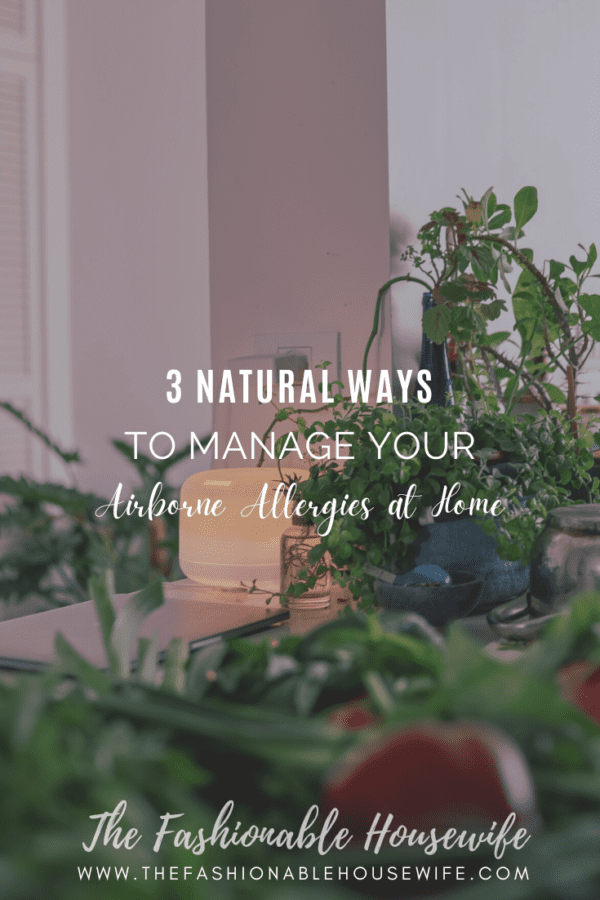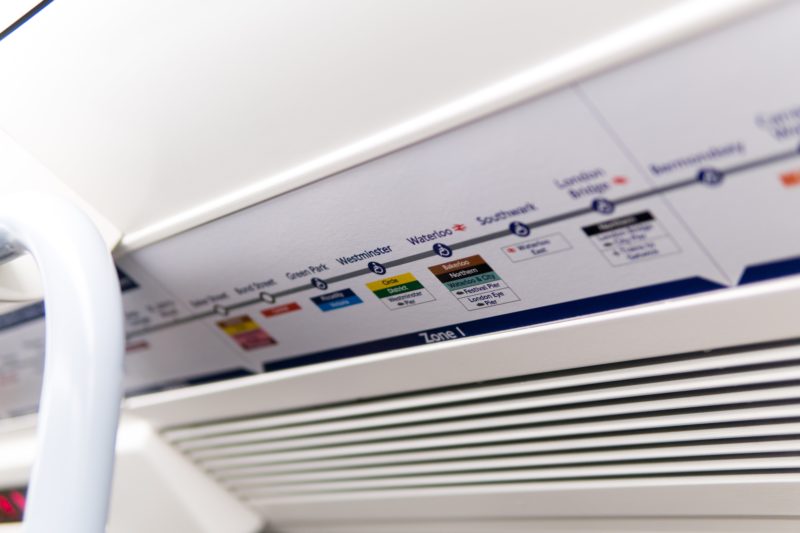
Do you feel like your airborne allergies worsen every year? Do you constantly struggle to find relief? You are not alone. According to the Asthma and Allergy Foundation of America, more than 50 million Americans suffer from allergies each year. Today, there are various ways to find relief; however, many people are leaning away from taking over-the-counter medications and opting for more natural approaches.
Today, we will discuss three natural and easy ways to manage your airborne allergies at home.
1. Check Air Quality and Adjust Activities Accordingly
Have you ever noticed how your outdoor allergies are triggered more on certain days vs. others? This is because particle pollution levels vary daily and can worsen depending on where you live. Every year, the American Lung Association compiles various air quality data reports across the US to create a comprehensive State of the Air report. This report gives insight into the air quality of your city and state, with the hopes that you will make informed decisions with this data. This can help guide your day-to-day activities and can also help you determine where you want to live long term.

2. Use a High-Efficiency Furnace Filter
Small outdoor particles can often enter your home with little to no detection. This leaves you and your family vulnerable to allergens you didn’t even realize were there. One way to protect yourself against these airborne particles is to use high-efficiency air conditioning filters in your home. Air filters come in many shapes and sizes, materials, MERV ratings, and more. Choosing the right air filter for your home can be overwhelming, but it doesn’t have to be. An easy way to narrow down your options is to look at your situation. Do you have bad allergies? Do you live near a major highway or city? Do you have a poor State of the Air rating? These are just a few factors that can help you determine the type of air filter you need. No matter your situation, it is crucial to have an effective furnace filter to keep your air clean and your family healthy.

3. Change Up Your Cleaning Frequency
Dust is one of the most common household allergens and one that never seems to truly disappear. To manage your indoor allergies, you should aim to dust and vacuum your home at least once a week (if possible). Be sure to clean the areas that aren’t as obvious, such as underneath your couch and bed. Dust can accumulate anywhere that has a surface, so you must be as thorough as possible when making your rounds. This will keep your home feeling fresh and your allergies at bay.
Conclusion
Airborne allergies can undoubtedly wreak havoc on your life if you let them. Because of this, it is crucial to take the necessary precautions to alleviate and manage your symptoms the best you can. We hope these tips allow you to gain more control over your allergies and give you the relief you deserve.





